
 The Los Angeles Times called Hedwig, “Annie with a Bad Attitude”. We saw Hedwig and the Angry Inch last night at the Hollywood Pantages (FB), and I’m not sure I would go that far. She is, however, a self-professed nasty woman. In that profession, you begin to see why Hedwig is such a special woman for these times, and why this show appears to have a special resonance.
The Los Angeles Times called Hedwig, “Annie with a Bad Attitude”. We saw Hedwig and the Angry Inch last night at the Hollywood Pantages (FB), and I’m not sure I would go that far. She is, however, a self-professed nasty woman. In that profession, you begin to see why Hedwig is such a special woman for these times, and why this show appears to have a special resonance.
It is difficult to know how to approach Hedwig. On the surface, it is a hard-rocking musical (supposedly in the style of David Bowie, but not being a Bowie fan, I can’t vouch for that). I do know it is the sort of angry hard rock I like — the type with an underlying melody beneath the volume (Green Day’s American Idiot is similar). But there is a mix of very tender ballads thrown in.
In another sense, it is an echo of our current times where we are beginning to understand the wide variety of gender and sexual identities. Hedwig is not the drag queen of Priscilla, nor the stereotyped gay of La Cage Aux Folles. Hedwig is “genderqueer”, which if you aren’t familiar with the term, is defined as “a person who does not subscribe to conventional gender distinctions but identifies with neither, both, or a combination of male and female genders.” Hedwig was male, had a botched sex change (hence the “angry inch”), and is now presenting as female … and sometimes male (the ending of the show isn’t quite clear). There is something similar in Hedwig’s husband, Yitzchak, who is traditionally played by a woman dressed as a man, who reemerges as a woman at the end. There is a joke in the show about how Yitzhak was originally singing songs from Yentl — how appropos.
Hedwig is also a topical musical. Unlike musicals that have a set book, the musical is like Hedwig herself — a little bit fluid around the edges. Each production is tailored to the time and the location — hence the references to Los Angeles, the audience interaction, the reference to the Hollywood Bowl, and veiled references to both Donald Trump and Hillary Clinton (when Hedwig proclaims herself to be a “nasty woman”).
Ultimately, Hedwig might best be compared to The Book of Mormon (of all things). For all the flash and glam and “in-your-face” of the presentation, it is at its heart a very conventional musical story: the quest for love, the quest to find your other half. So many musicals explore this quest. This is demonstrated in a very early number, “The Origin of Love”, which explores not only the origin of gender fluidity, but of the quest to find your other half — whoever he, she, or whatever-pronoun-you-choose may be.
I realize I haven’t describe the plot of the show yet. It is summarized in the Times article; it is also in the Wikipedia page (where it is also useful to read the history of the show). In short, is the story of Hedwig/Hansel, an East German man in love with American music. When a gay American GI offers Hansel a chance out, he takes it — even though it means leaving a bit of himself behind. Becoming Hedwig, she shares her story of her life in America, her relationship with the career and the man behind Tommy Gnosis, and her connection to Yitzhak. In the end, Hedwig finds, well, it is unclear what Hedwig finds in some form of cosmic merging.
The conceit surrounding Hedwig (and the supposed excuse for her being on Broadway (or at your regional theatre) is that Hedwig and her band were booked to perform a one-night show after the previous booking, the new musical Hurt Locker: The Musical opened and closed the same night. Using Hurt Locker’s set, Hedwig goes on. There are Playbills for Hurt Locker scattered around the theatre — if you can snag one, do so. It is hillarious. Just read the entry for Metallica, and you’ll get the tone.
Hedwig is topical, gender bending, in-your-face, transformative, loud, gentle, and surprisingly complicated. It is a clear example of how what we see on the surface is only that — the surface — and that the complexity and strange directions of people’s lives color us in way we can’t expect. We put on the clothes, we put on the wig, we put on the expectations, and we… become. Every Hedwig is different — and there have been many in the role — but they are also the same. Hedwig exposes that common humanity, and exposes that urge to find the person from whom you were torn asunder. You walk out of the show a little confused, but with an ultimately positive feeling.
But “Annie with an attitude”? I think not.
Bringing this Hedwig to life is Darren Criss (FB). Criss’ performance leaves one at a loss for words. Under the direction of Michael Mayer, Criss lives and breathes Hedwig. The personas merge; you truly believe he is she, is Hedwig. It is also clear that she, meaning he, is having a blast on stage with this role — with a rare liberty to go all out, to play with the audience and the character, to go (within reason) beyond the staid book of a musical. It is just an astounding performance that you will remember long after.
Supporting Criss is her husband, Yitzchak, portrayed by the Broadway Yitzchak, Lena Hall (FB). Silent and sullen throughout much of the show, he gets his/her moments to shine, providing some spectacular numbers (and an astounding transformation). Hall will evidently play Hedwig at a number of performances (Sun Eve 11/6, 11/13, and 11/20; Fri Eve 11/25), and that should be a real Victor Victoria moment: a woman playing a man playing a woman who was a man once. How the ending of the show will be handled at those performances leaves me a little perplexed.
That’s it. That’s the cast. Hedwig (Criss) and Yitzchak (Hall). There is no ensemble. Hedwig and Yitzchak are supported on stage by Hedwig’s band — the Angry Inch. The Inch consists of Skszp (Justin Craig) [Music Director, Guitar, Keyboards, Vocals]; Jacek (Matt Duncan (FB)) [Bass, Guitar, Keyboards, Vocals], Krzyzhtoff (Tim Mislock (FB)) [Guitar, Vocals]; and Schlatko (Peter Yanowitz) [Drums, Vocals].
Standbys for the performance are Mason Alexander Park (FB) (for Hedwig), Shannon Conley (FB) (for Yitzhak), Dylan Fusillo (FB) (for Schlatko), and Matt Katz-Bohen (FB) (for the remaining band members — Skszp, Jacek, and Krzyzhtoff). Note the Conley is performing as Yitzhak the days that Hall assumes the role of Hedwig.
Turning to the production and creative side. Hedwig was written by John Cameron Mitchell, who was the original Hedwig on Broadway. Hedwig started out as Mitchell’s story — he was Tommy Gnosis — the gay son of an Army General in Berlin; his caretaker was someone like Hedwig. The music and lyrics in Hedwig are by Stephen Trask (FB), and are particularly strong. Orchestrations are by Trask (FB), with an assist on the arrangement of “Sugar Daddy” from Justin Craig. Amusing note: Trask’s real name is Stephen R. Schwartz, the name credited in the Hurt Locker musical — not to be confused with Stephen L. Schwartz, who wrote Wicked, among many other shows; or Stephen Michael Schwartz, who was part of Parachute Express and wrote the musical “It Came From Beyond”.
The musical staging — which appears to be a fancy way of saying choreography without all the implications — was by Spencer Liff (FB). Paul McGill (FB) was the Movement Associate (which is a guess is a fancy way of saying Asst. Choreographer 🙂 ).
The scenic design was by Julian Crouch (FB), and was ostensibly the scenic design of Hurt Locker: The Musical , which was also credited to Crouch. As this was the design for Hurt Locker, it consisted of bombed out rubble, with a stage door in the back, that gets deconstructed as the show goes on. However, the dual-use design had some nice elements to support Hedwig as well — in particular, the dancing wigs for the “Wig in a Box” number. Lighting design was by Kevin Adams — also credited for both shows. The lighting design was very effective and rock-ish, but be forewarned there is heavy use of strobes if that is a trigger. The scenic and the lighting were supported by the projection designs of Benjamin Pearcy for 59 Productions — these were awesome in “The Origin of Love”. The true scenic elements, however, were the costumes and the wonderful wigs and makeup. Credit for the costumes goes to Arianne Phillips (FB) (who coincidentally designed the costumes for Hurt Locker), and for hair and makeup to Mike Potter (FB) (ditto for Hurt Locker). The sound design was by Tim O’Heir (FB), and Stephen Gabis (FB) was the dialect coach.
Before I complete the credits, a buried credit I must highlight. The Playbill for Hurt Locker: The Musical is credited to Mike Albo and Amanda Duarte (FB), with design by Rogers Eckersley. From the casting to the bios to the song titles (“The Humvee With the Roof-Mounted Machine Gun on Top”) to the ads in the back, it is hilarious. Find one. Read it. Laugh profusely.
Completing the real credits: Casting – Calleri Casting (FB); Music Supervision and Coordination – Ethan Popp (FB); Associate Director – Johanna McKeon (FB); Production Stage Manager – Lisa Iacucci (FB); Stage Manager – Jovon E. Shuck; Assistant Stage Manager – Jeff Siebert; Production Management – Aurora Productions; Executive Producer – 101 Productions, Ltd. (and loads of producers).
Hedwig and the Angry Inch continues at the Hollywood Pantages (FB) until November 27, 2016. You can purchase tickets online through the Pantages website. Discount tickets may be available through Goldstar. It is well worth seeing; if you are sensitive to loud noises, bring earplugs. If you are sensitive to strobe lights, I’d stay away.
Dining Notes: Before the show, we tried a new restaurant near the theatre, in the complex where they charge far too much for theatre parking (take Metro instead): Greenleaf (FB). It was excellent — healthy, portioned right, and presented well. We’ll come back; it is nice to have an alternative to Feast (FB).
* * *
Ob. Disclaimer: I am not a trained theatre critic; I am, however, a regular theatre audience member. I’ve been attending live theatre and concerts in Los Angeles since 1972; I’ve been writing up my thoughts on theatre (and the shows I see) since 2004. I do not have theatre training (I’m a computer security specialist), but have learned a lot about theatre over my many years of attending theatre and talking to talented professionals. I pay for all my tickets unless otherwise noted. I am not compensated by anyone for doing these writeups in any way, shape, or form. I currently subscribe at Cabrillo Music Theatre (FB), the Hollywood Pantages (FB), Actors Co-op (FB), the Chromolume Theatre (FB) in the West Adams district, and a mini-subscription at the Valley Performing Arts Center (VPAC) (FB). The Chromolume 2017 season looks particularly good: Zanna Don’t (Tim Acito, January 13 – February 5), Hello Again (Michael John LaChiusa, May 5- May 28), and Pacific Overtures (Stephen Sondheim, September 15 – October 8) — all for only $60). Past subscriptions have included The Colony Theatre (FB) (which went dormant in 2016), and Repertory East Playhouse (“REP”) (FB) in Newhall (which entered radio silence in 2016). Through my theatre attendance I have made friends with cast, crew, and producers, but I do strive to not let those relationships color my writing (with one exception: when writing up children’s production, I focus on the positive — one gains nothing except bad karma by raking a child over the coals). I believe in telling you about the shows I see to help you form your opinion; it is up to you to determine the weight you give my writeups.
Upcoming Shows: This weekend continues with the Nottingham Festival (FB) in about an hour. We then lose a weekend as we travel to Palo Alto for a Bar Mitzvah. The third weekend of November brings Funny Girl, a Conundrum Theatre Company (FB) guest production at The Colony Theatre (FB) and a Day Out With Thomas at Orange Empire Railway Museum (FB) [excuse me, “Southern California Railway Museum”]. November concludes with Little Women at the Chance Theatre (FB) in Anaheim. December starts with Into the Woods at Nobel Middle School, and staged concert of Wonderful Town being performed by the LA Opera at the Dorothy Chandler Pavillion. The next week brings the CSUN Jazz Band at the Annual Computer Security Applications Conference (ACSAC), and Amalie at the Ahmanson Theatre (FB). The third week of December brings The King and I at the Hollywood Pantages (FB). December concludes with an unspecified movie on Christmas day; and a return to our New Years Eve Gaming Party.
Turning to 2017, January currently is quiet, with just a single hold date for Zanna Don’t at the Chromolume Theatre (FB). February 2017 gets back to being busy: with a hold for Zoot Suit at the Mark Taper Forum (FB) the first weekend. The second weekend brings 33 Variations at Actors Co-op (FB). The third weekend has a hold for the WGI Winter Regionals. The last weekend in February brings Finding Neverland at the Hollywood Pantages (FB). March quiets down a bit — at least as currently scheduled — with Fun Home at the Ahmanson Theatre (FB) at the beginning of the month, and An American in Paris at the Hollywood Pantages (FB) at the end of the month.
As always, I’m keeping my eyes open for interesting productions mentioned on sites such as Bitter-Lemons, Musicals in LA, @ This Stage, Footlights, as well as productions I see on Goldstar, LA Stage Tix, Plays411 or that are sent to me by publicists or the venues themselves. Note: Although we can’t make it, I also recommend the 10th Anniversary Production of The Brain from Planet X at LACC. Lastly, want to know how to attend lots of live stuff affordably? Take a look at my post on How to attend Live Theatre on a Budget.


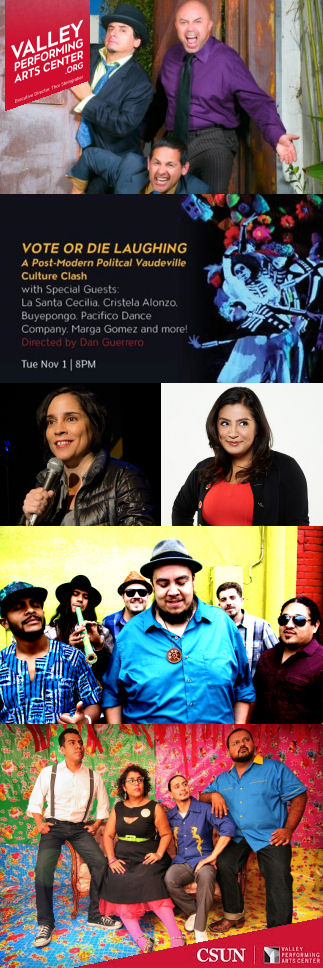
 It wasn’t what I expected. In some ways, I was a pez fuera del agua.
It wasn’t what I expected. In some ways, I was a pez fuera del agua.
 It started with
It started with 
 This has been a summer of drawing inferences from very little information.
This has been a summer of drawing inferences from very little information. 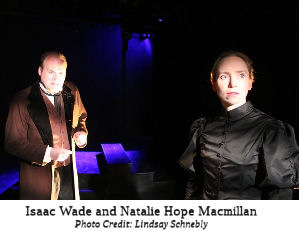 In such a presentation, the real power of the storytelling is in the director and the actors. It is their responsibility to become the various characters through voice and mannerisms, to make the audience imagine the locales and the space within. This is difficult in a traditional proscenium arch theatre (i.e., your typical stage); it is even harder in a “theatre in the round” such as the Crossley space at Actors Co-Op. Luckily, the director,
In such a presentation, the real power of the storytelling is in the director and the actors. It is their responsibility to become the various characters through voice and mannerisms, to make the audience imagine the locales and the space within. This is difficult in a traditional proscenium arch theatre (i.e., your typical stage); it is even harder in a “theatre in the round” such as the Crossley space at Actors Co-Op. Luckily, the director, 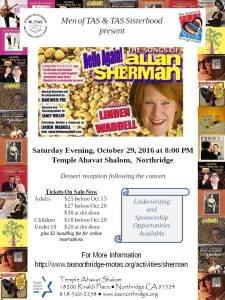
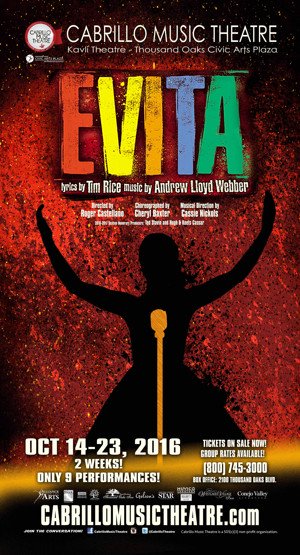
 Last night, we went to go see Evita at
Last night, we went to go see Evita at 
 Last week I was so caught up in my political posts I neglected to write up our other recent VPAC show. Last Saturday night we were at the
Last week I was so caught up in my political posts I neglected to write up our other recent VPAC show. Last Saturday night we were at the 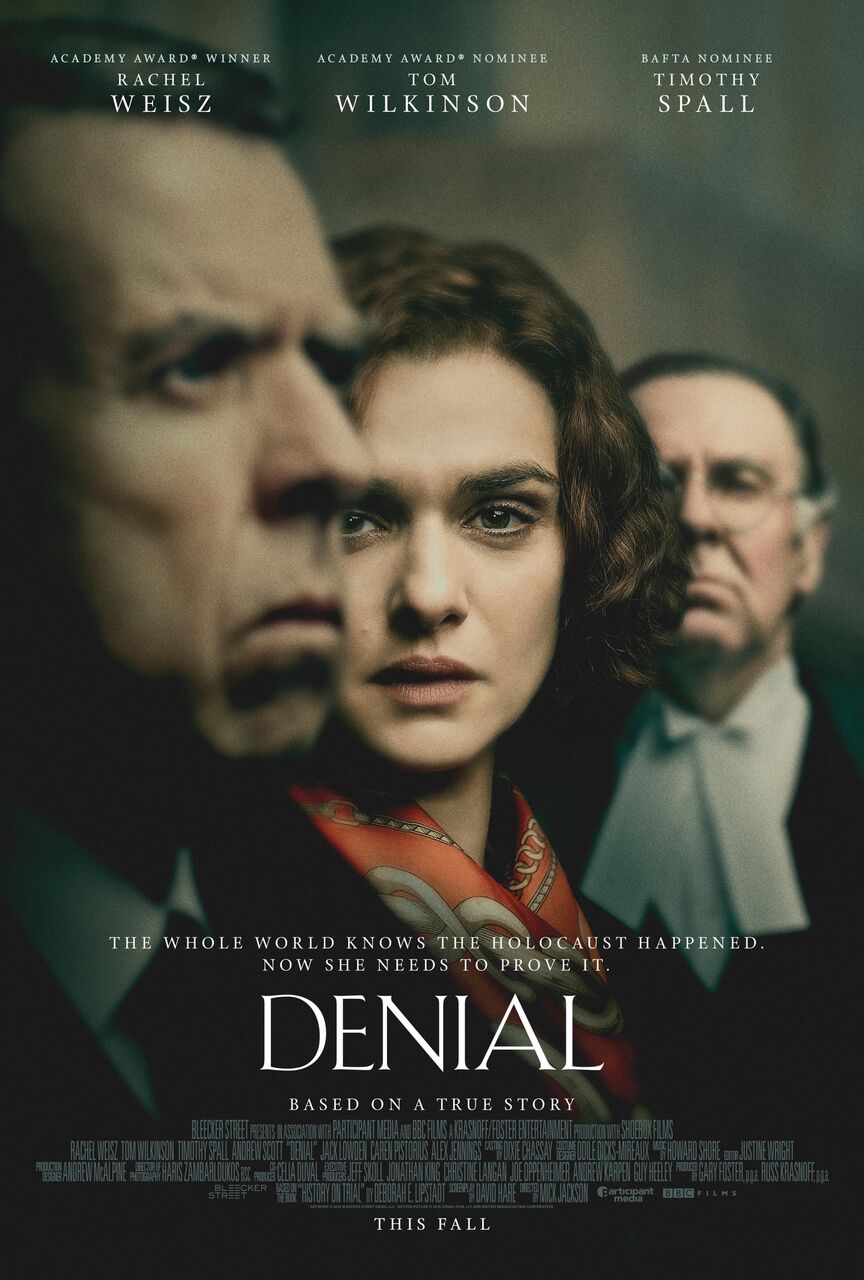
 Is history what you believe it to be? If you honestly believe that history happened a particular way, does that make it true? Is it acceptable to always slant history a certain way to support a particular argument? Do the facts define history, irrespective of what anyone says history to be?
Is history what you believe it to be? If you honestly believe that history happened a particular way, does that make it true? Is it acceptable to always slant history a certain way to support a particular argument? Do the facts define history, irrespective of what anyone says history to be?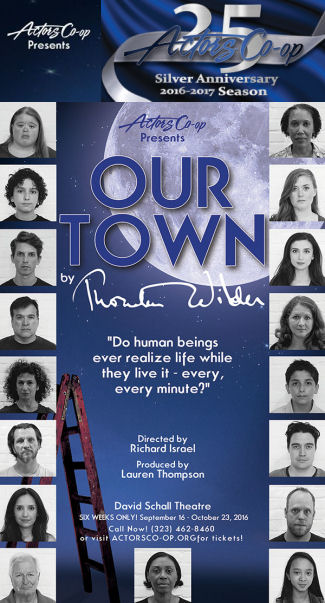
 But in the act of observing what is going on around us, we need to observe the changes in society that we might have missed. Actor’s Co-op amplified the ability to observe this by utilizing diverse casting. This not only included diversity in the racial and ethnic dimensions, but the casting of a female Stage Manager in a role traditionally cast as male. They also chose to cast a differently-abled actor as part of the ensemble, demonstrating how in the modern world, being disabled does not mean one cannot be on stage (something we also saw
But in the act of observing what is going on around us, we need to observe the changes in society that we might have missed. Actor’s Co-op amplified the ability to observe this by utilizing diverse casting. This not only included diversity in the racial and ethnic dimensions, but the casting of a female Stage Manager in a role traditionally cast as male. They also chose to cast a differently-abled actor as part of the ensemble, demonstrating how in the modern world, being disabled does not mean one cannot be on stage (something we also saw